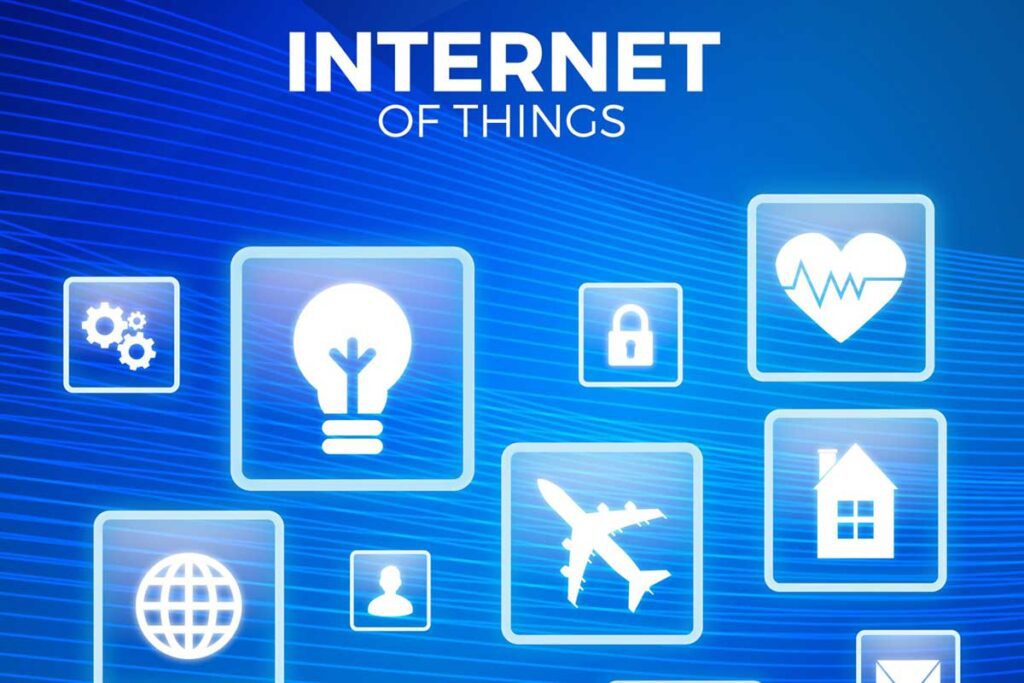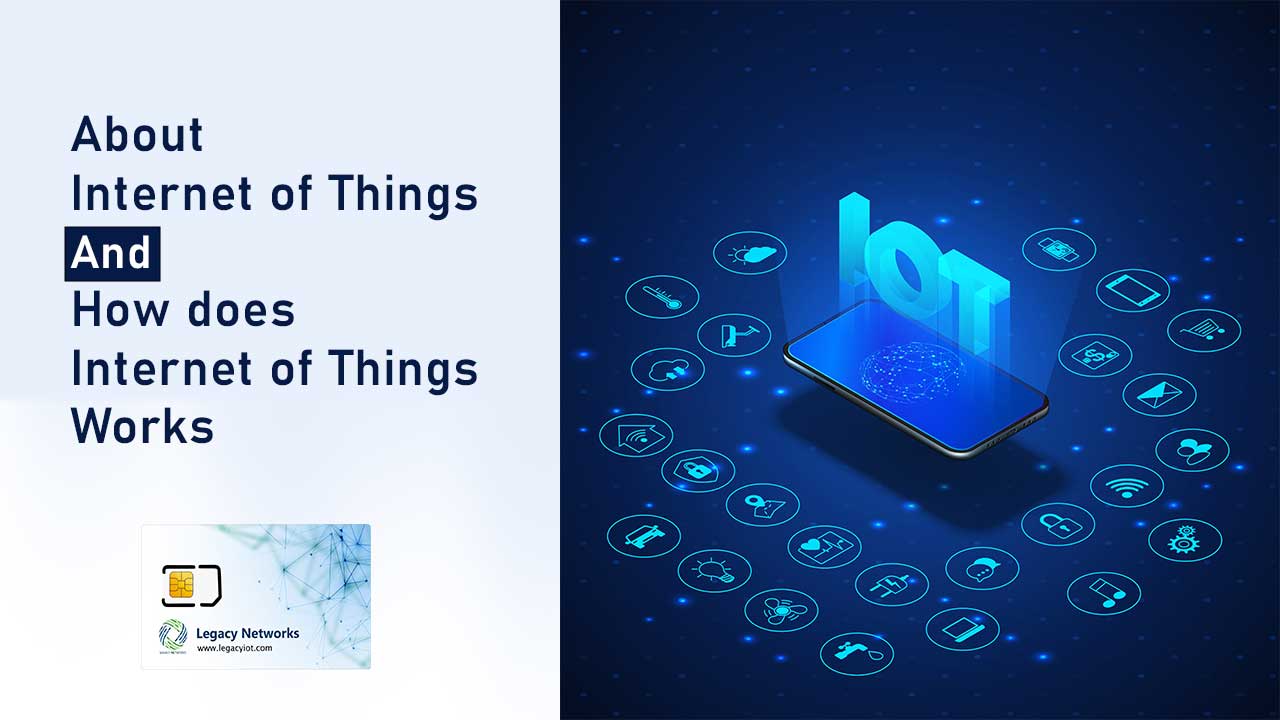About internet of things and how does internet of things work
The Internet of Things (IoT), a term that has gained popularity recently, is changing how we interact with technology. Our interconnected world’s future is being shaped by the IoT, which is revolutionizing a variety of industries and bringing smart homes and connected cities to the forefront. We will examine in detail about internet of things and how does internet of things works in this blog post.
The network of actual physical objects, or “things,” that are embedded with sensors, software, and connectivity capabilities and are therefore considered to be part of the Internet of Things, are what the term “things” refers to in its purest form. These things can be anything from commonplace gadgets like smartphones and wearable fitness trackers to more complicated systems like industrial equipment and smart home appliances.

The fundamental idea behind the IoT is to increase these objects’ functionality and efficiency by connecting them to the internet and allowing them to communicate with one another with the help of M2M Sim cards. This connectivity enables the seamless transfer of data, which can then be examined to gain insightful knowledge and speed up automation and decision-making procedures.
So, Actually how does Internet of Things work? To simplify it, here are some IoT key components:
1. Sensors and Devices:
The first step in creating an IoT ecosystem is to outfit objects with sensors or other measurement and data collection devices. These sensors can be as basic as temperature or motion sensors or as sophisticated as ones that also detect humidity, light, pressure, and a variety of other things.
2. Connectivity:
To get to its destination for processing and analysis, the collected data needs a means of transportation. This is accomplished using a variety of connectivity technologies, including satellite communication, Wi-Fi, Bluetooth, cellular networks, and even cellular networks. The connectivity option that is chosen depends on variables like cost, data size, range, and power consumption.
3. Data Processing:
The data is sent to a central processing unit or a cloud-based platform for analysis after it has been gathered by the sensors. During this stage of processing, they are cleaned, combined, and organized. Meaningful information is then extracted, and algorithms and machine learning techniques are used to generate insights and forecasts.
4. Cloud Infrastructure:
A key component of the IoT ecosystem is cloud computing. The infrastructure and storage capabilities required to manage the enormous amounts of data generated by IoT devices are provided by cloud platforms. They also provide scalable computing power and analytical tools to efficiently process and interpret this data.
5. Data Security:
The protection of data privacy and security has grown increasingly important with the rise of connected devices. Strong security measures are needed in the IoT ecosystem to guard against hacker attacks, unauthorized access, and data breaches. In order to do this, secure communication channels, authentication protocols, and encryption techniques must be used.
6. Data Analytics and Action:
The ultimate objective of the Internet of Things is to use the data gathered to generate actionable insights and enable automation. Patterns and trends can be found by analyzing it, allowing organizations and people to optimize their operations and make well-informed decisions. For example, in a smart home, sensors can track patterns of energy use, enabling homeowners to modify their consumption and cut costs.
7. Interconnectivity and Communication:
The ability of devices to interact and communicate with one another is one of the defining features of the Internet of Things. This is made possible by standardized communication protocols and application programming interfaces (APIs), which allow for easy data exchange and platform- and device-agnostic interoperability.
A vast ecosystem that is quickly growing, the IoT has countless uses in many different industries. Healthcare, transportation, Agriculture, manufacturing, and other sectors could all undergo radical change as a result. The IoT offers countless opportunities for innovation and growth, from boosting efficiency and productivity to enhancing quality of life.
To address issues like data privacy, security flaws, and standardization as the IoT continues to develop, however, is essential. We can achieve this and create a connected world that is secure, effective, and sustainable by realizing the full potential of this game-changing technology.
Conclusion
In conclusion, about internet of things is revolutionizing numerous industries. Our interconnected world is changing as a result of the IoT. And if we talk about how does internet of things works, It entails linking actual physical things, or “things,” with connectivity and sensor capabilities to the internet.
Through this connectivity, data can be transferred without interruption and analyzed for insights and automation. Sensors and devices that gather them, connectivity technologies for data transportation, cloud infrastructure for data processing and storage, data security measures, data analytics for producing actionable insights, interconnectivity and communication protocols, and standardization are some of the IoT key components.
If we talk about the Benefits of the internet of things, many sectors come under it such as Healthcare, transportation, vehicle & logistics, agriculture, manufacturing, and other industries. To realize the full potential of IoT and build a connected world that is secure and sustainable, it is essential to address issues like data privacy, security, and standardization.





